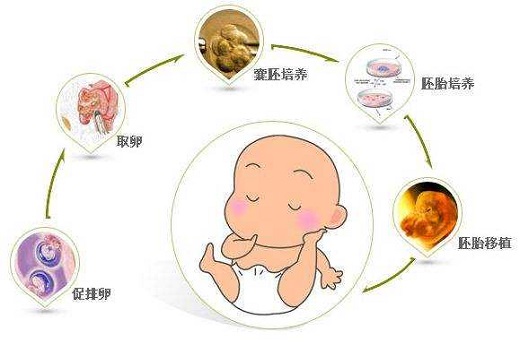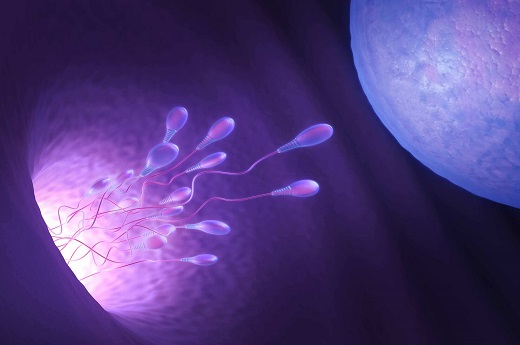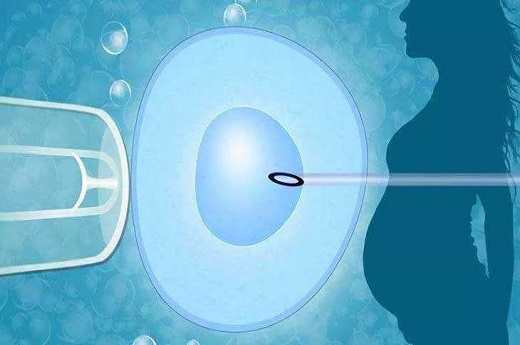试管婴儿成功率在2006年达到了一个新的高度,这一年,全球范围内成功率达到了30%以上。这一成就标志着试管婴儿技术的不断进步和完善,为众多不孕不育夫妇带来了希望和福音。要了解试管婴儿成功率的提高,我们需要回顾试管婴儿技术的发展历程,以及在1988年首次成功诞生试管婴儿的重要意义。
试管婴儿技术的发展历程
试管婴儿技术最早可以追溯到20世纪50年代,当时,科学家们开始尝试在实验室中培育受精卵。随着科技的不断进步,1978年,英国的爱德华·斯蒂普特和帕特里克·斯特格成功诞生了世界上第一个试管婴儿路易斯·布朗。自此之后,试管婴儿技术逐渐得到了广泛应用和发展,成功率也在不断提高。

The success rate of test-tube babies reached a new high in 2006, with a success rate of over 30% worldwide. This achievement marks the continuous progress and improvement of test-tube baby technology, bringing hope and good news to many infertile couples. However, to understand the improvement of the success rate of test-tube babies, we need to review the development process of test-tube baby technology, as well as the important significance of the first successful birth of test-tube babies in 1988.
The Development Process of Test-tube Baby Technology
The test-tube baby technology can be traced back to the 1950s, when scientists began to experiment with cultivating fertilized eggs in the laboratory. With the continuous advancement of technology, in 1978, Edward Steptoe and Patrick Steptoe of the UK successfully gave birth to the world's first test-tube baby, Louise Brown. Since then, test-tube baby technology has been widely applied and developed, and the success rate has also been continuously improving.
试管婴儿成功率的提高
2006年试管婴儿成功率的提高得益于多方面因素的进步。实验室技术的不断改进和创新,使得受精卵的培育和胚胎移植的成功率大大提高。医学技术的发展和医生经验的积累,为试管婴儿的成功率提供了更加可靠的保障。对于不孕不育夫妇的心理疏导和支持,也在一定程度上提高了试管婴儿的成功率。

The improvement of the success rate of test-tube babies in 2006 is due to the progress of various factors. Firstly, the continuous improvement and innovation of laboratory technology have greatly improved the success rate of fertilized egg cultivation and embryo transplantation. Secondly, the development of medical technology and the accumulation of doctor's experience provide a more reliable guarantee for the success rate of test-tube babies. In addition, psychological counseling and support for infertile couples have also to some extent improved the success rate of test-tube babies.
试管婴儿成功率的意义
试管婴儿成功率的提高意味着更多不孕不育夫妇有了更多的生育选择和机会。这对于那些长期渴望拥有自己孩子的夫妇来说,是一种巨大的鼓舞和鼓励。试管婴儿成功率的提高也反映了医学技术的不断进步和社会的进步,为人类的生育权利和科技发展提供了新的可能性。
The significance of the improvement of the success rate of test-tube babies means that more infertile couples have more reproductive choices and opportunities. This is a great encouragement and encouragement for those couples who have longed for their own children. At the same time, the improvement of the success rate of test-tube babies also reflects the continuous progress of medical technology and society, providing new possibilities for human reproductive rights and technological development.

1988年试管婴儿的诞生
1988年,世界上第一个试管婴儿凯莉·布朗诞生,这标志着试管婴儿技术的首次成功应用。凯莉·布朗的诞生不仅给世界带来了震撼和惊喜,更为试管婴儿技术的发展开辟了新的篇章。1988年试管婴儿的诞生,意味着医学技术的突破和人类生育权利的进一步保障。
In 1988, the world's first test-tube baby, Kayleigh Brown, was born, marking the first successful application of test-tube baby technology. Kayleigh Brown's birth not only brought shock and surprise to the world, but also opened a new chapter in the development of test-tube baby technology. The birth of test-tube babies in 1988 means a breakthrough in medical technology and further guarantee of human reproductive rights.
试管婴儿技术的全球应用
随着试管婴儿技术的不断完善和成功率的提高,全球范围内的试管婴儿技术得到了广泛应用。无论是发达国家还是发展中国家,试管婴儿技术都为不孕不育夫妇带来了新的生育希望。各国的医学机构和专家们也在不断分享和交流试管婴儿技术的经验和成果,为全球范围内的不孕不育夫妇带来了更多的希望与可能。
With the continuous improvement of test-tube baby technology and the increase in success rate, test-tube baby technology has been widely used globally. Whether in developed or developing countries, test-tube baby technology has brought new hope for reproduction to infertile couples. Medical institutions and experts in various countries are also constantly sharing and exchanging experiences and achievements in test-tube baby technology, bringing more hope and possibilities to infertile couples worldwide.
试管婴儿成功率的未来展望
随着科技的不断进步和医学技术的不断完善,试管婴儿成功率有望继续提高。未来,随着基因编辑技术和生殖医学的发展,试管婴儿技术将迎来更多的突破和创新,为不孕不育夫妇带来更多的生育选择和可能性。对于试管婴儿技术的和社会影响也需要引起越来越多的关注和讨论,以确保试管婴儿技术的健康和可持续发展。
With the continuous progress of technology and the continuous improvement of medical technology, the success rate of test-tube babies is expected to continue to increase. In the future, with the development of gene editing technology and reproductive medicine, test-tube baby technology will usher in more breakthroughs and innovations, bringing more reproductive choices and possibilities to infertile couples. At the same time, the ethics and social impact of test-tube baby technology also need to attract more attention and discussion to ensure the healthy and sustainable development of test-tube baby technology.





